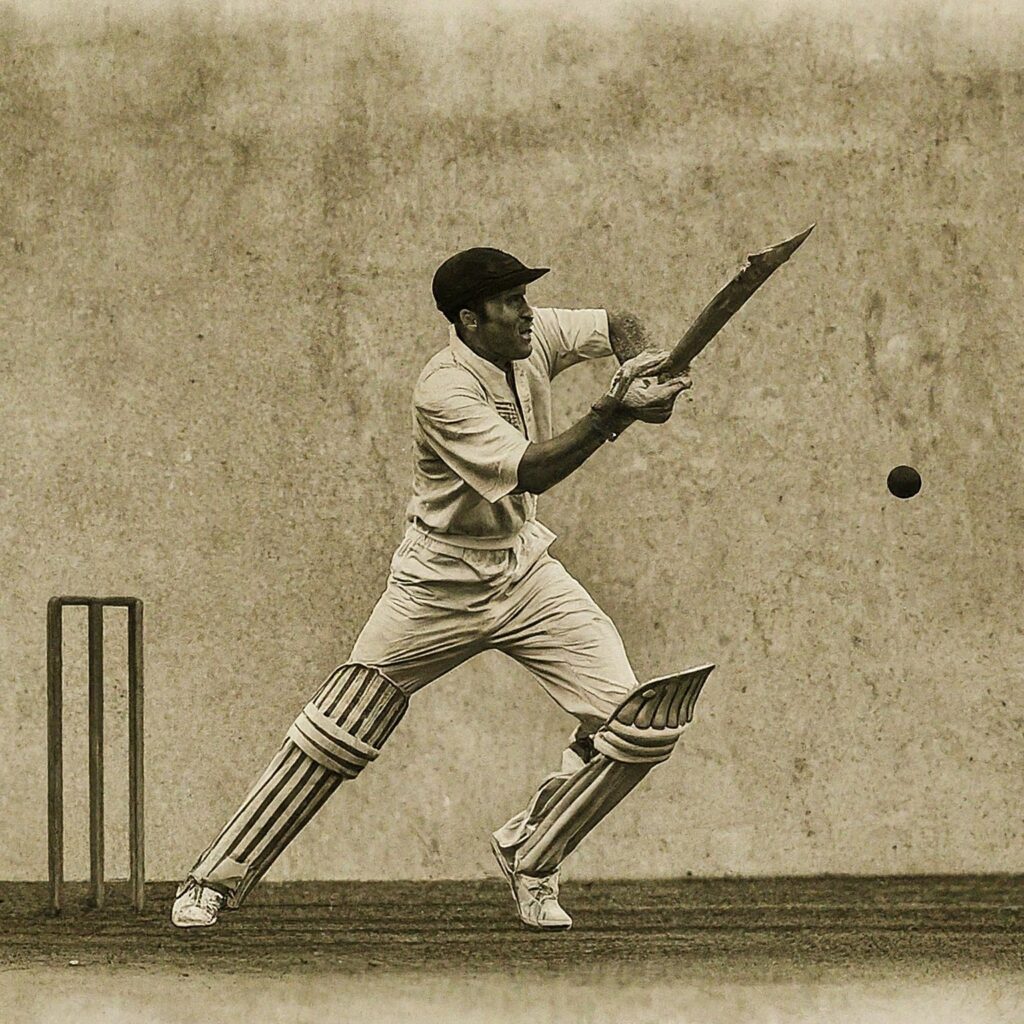From humble beginnings, the sport of Cricket has evolved over centuries into one of the most popular games in the world. The evolution of cricket is a history of cultural exchange, technological advancement, and transformative achievement. Whether you’re a devotee for life or just asking, “What is cricket? this post discusses the history of cricket, its formats, the evolution of women’s cricket, and much more, providing a 360-degree perspective of how the game evolved.
What is Cricket?
Now, before we continue with the evolution of cricket, let’s set the ground rules of the game. Cricket is a bat-and-ball game played by two opposing teams of eleven players. The aim is simple: Get more runs than the other team. From five-day Test matches to three-hour T20 games, the game’s formats are such that there is surely something for every type of fan. But cricket is beyond numbers; it is an amalgam of strategy, skill, and sportsmanship.
Cricket Through the Ages: A Brief History
Cricket has origins in England in the 16th century, where it was initially played by children. Over time, as adults started playing the game, the rules and the structure of the game were established by the 17th century.
- The First Laws: The first official set of laws for cricket was established in 1744, paving the way for the modern game.
- International Matches: The first international match was played in 1844 between the USA and Canada. The first official Test match though was not until 1877, and it involved England and Australia.

The Golden Era and Beyond
The “Golden Era” of cricket was in the late 19th and early 20th centuries, during which famous personalities like W.G. Grace emerged and domestic leagues were formed.
- ODI or Limited-Overs Cricket: The inaugural ODI was played in 1971 which transformed the cricket into its fractional format.
- Globalization of Cricket: The Launch of T20 (Twenty20) cricket made its debut in 2003, and created a higher energy aspect that attracted younger audiences and expanded cricket’s reach across the globe.

The Rise of Women’s Cricket
Any coverage of the evolution of cricket is incomplete without a mention of the rise of women’s cricket.
- Early Challenges and Triumphs
There were so many challenges from the beginning that the game of cricket faced.
- Beginnings: Women’s cricket goes back to the 18th century but saw major growth only in the 20th. The inaugural women’s Test match took place in 1934.
- Worldwide Rivals: The Women’s Cricket World Cup, which began in 1973, came before the men’s World Cup. Modern-day stars such as Smriti Mandhana and Alyssa Healy have inspired new generations to take up the game.
2. Modern Achievements
Women’s cricket has since had a higher profile, with professional leagues and increased broadcasting, although challenges like pay equity persist.
Technological Advancements
Technology has transformed the game of cricket on many levels and has become the vehicle to maintain fairness, as well as to provide an engaging interaction for the fans:
- Decision Review System (DRS): First introduced in 2008, DRS enabled players to contest violations using technology such as ball-tracking and Snickometer.
- Hawk-Eye and UltraEdge: These innovations have enhanced decision-making precision, especially in close-call situations.
- Fan Engagement: High-tech camera systems, live tracking of player stats, and interactive game features have changed the way fans experience the game.
The History of Cricket Formats
Cricket has come a long way in its various forms:
- Test Cricket: The longest format focusing on strategy and endurance.
- ODIs: A more sober, day-long format that captured the imagination during World Cups.
- T20 Cricket: An exciting three hours of action that thrives on high-octane gameplay, crowd attendance, and commercialization.
The International Cricket Council (ICC)
The ICC, originally named the Imperial Cricket Conference, was founded in 1909 and later renamed the International Cricket Council in 1965. It is the governing body of international cricket, with 126 member countries, responsible for the rules and regulations of the game, as well as the organization of international tournaments.
Cricket Around the World
Cricket, which was once limited to England, is now a worldwide sport:
- Dominance in Asia: Countries like India, Pakistan, and Sri Lanka have become powerhouses, producing legendary players and fostering massive fanbases.
- Emerging Nations: Teams like Afghanistan and Ireland have shown remarkable progress, challenging traditional powerhouses on the international stage.
The Role of Franchise Leagues
Franchised leagues, especially the Indian Premier League (IPL) have revolutionised cricket by:
- Building a profitable ecosystem for players.
- Popularizing the T20 format.
- Bringing in international fans and sponsors.
Challenges and the Future of Cricket
Despite its growth, cricket faces challenges:
- Balancing Formats: Ensuring all formats coexist without overburdening players.
- Pay Equity: Addressing the disparity in pay between male and female cricketers.
- Sustainability: Adapting to environmental and logistical concerns in a rapidly changing world.
The future promises innovation, with virtual reality experiences and enhanced analytics set to redefine how fans and players experience the game.


Cricket World Cups
Hailed as the pinnacle and largest International Cricket tournament, the ICC Cricket World Cup was first played in 1975. It is held every four years, with the best teams from all over the world fighting for the prestigious title. Here are the winners of the Cricket World Cup so far:
- 1975: West Indies
- 1979: West Indies
- 1983: India
- 1987: Australia
- 1992: Pakistan
- 1996: Sri Lanka
- 1999: Australia
- 2003: Australia
- 2007: Australia
- 2011: India
- 2015: Australia
- 2019: England
- 2023: Australia
Conclusion
The evolution of cricket is a rich tapestry of tradition and innovation. From its origins in England to its status as a global sport, cricket has captivated hearts across generations. Milestones such as the rise of women’s cricket, the advent of new formats, and technological advancements underscore the game’s adaptability.
As we look ahead, cricket’s story continues to unfold, proving that its evolution is far from complete. The journey of cricket is a testament to its universal appeal, promising to inspire and entertain for decades to come.
Read more about cricket here
Related post:










